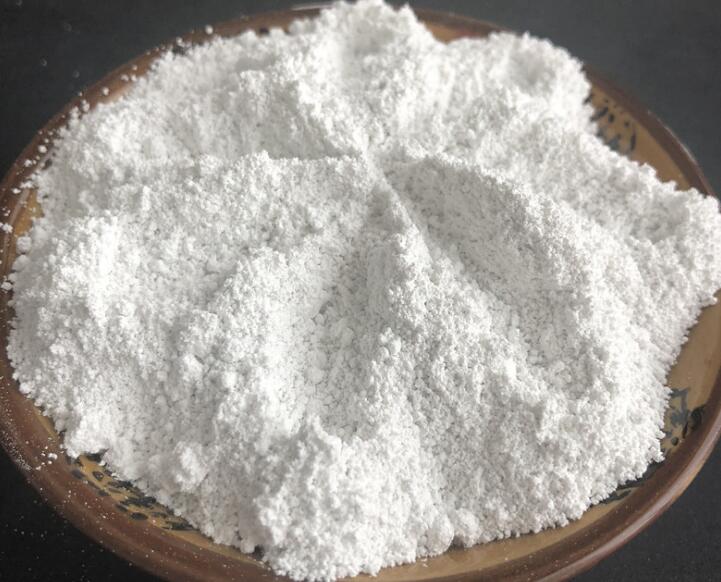The latest progress and optimization strategy of magnesium hydroxide surface modification technology in natural rubber application

As an important inorganic flame retardant, magnesium hydroxide (Mg(OH)_2) has received widespread attention for its application in polymer materials such as natural rubber (NR). However, unmodified magnesium hydroxide often has problems such as poor dispersion and poor compatibility with the matrix, which affects its flame retardant efficiency and the overall performance of the composite material. Therefore, the study of surface modification of magnesium hydroxide has become a key link to improve its application effect in natural rubber.
Surface modification methods
Chemical coating modification: One of the most commonly used modification methods includes the use of vinyltriethoxysilane (VTES), ethyltriethoxysilane (ETES), 3-(aminopropyl)triethoxy Surface treatment with silane coupling agents such as silane (APTES). These coupling agents can form an organic coating layer on the surface of magnesium hydroxide through chemical reactions, improving its hydrophobicity and interfacial compatibility with natural rubber. Physical coating: By physically adsorbing or depositing an inorganic layer or polymer layer on the surface of magnesium hydroxide, it improves its stability and interaction with the polymer. Intercalation modification: Insert organic molecules between magnesium hydroxide layers to change the interlayer spacing, thereby improving its dispersion in the polymer matrix. Graft modification: Grafting polymer chains on the surface of magnesium hydroxide through an initiator directly enhances its bonding force with natural rubber. Application advantages in natural rubber
Improved flame retardant properties: The modified magnesium hydroxide can be more evenly dispersed in natural rubber to form an effective thermal barrier and improve the flame retardant efficiency of the material. Enhanced mechanical properties: By improving interfacial compatibility and reducing stress concentration, the tensile strength, tear strength and other mechanical properties of the composite material are enhanced. Optimized processing performance: The modification reduces the agglomeration between particles and improves the mixing uniformity, making the processing of natural rubber smoother and reducing energy consumption. Environmental characteristics: As a halogen-free flame retardant, magnesium hydroxide is more in line with environmental protection requirements when used in natural rubber after modification, and produces less smoke and toxic gases during combustion. Experimental and applied research
Research shows that by rationally selecting modifiers and optimizing the modification process, the application effect of magnesium hydroxide in natural rubber can be significantly improved. For example, research by China National Petroleum Corporation and Tianjin University in China has demonstrated that magnesium hydroxide particles coated with specific organic matter can significantly enhance the flame retardant properties of rubber materials. In addition, Jinge New Materials, a "little giant" company specializing in special new materials, also emphasized the importance of modified magnesium hydroxide in improving the performance of flame-retardant rubber products among recycled rubber products.
The research on surface modification of magnesium hydroxide not only promotes its application in the natural rubber industry, but also provides an important reference for the development of halogen-free flame retardant technology for other polymer materials. By continuously exploring and optimizing modification technology, its application scope in the field of environmentally friendly flame retardant materials can be further expanded.








